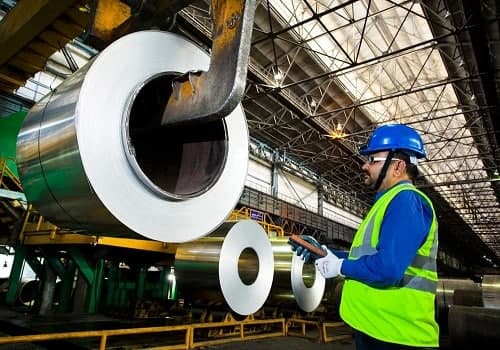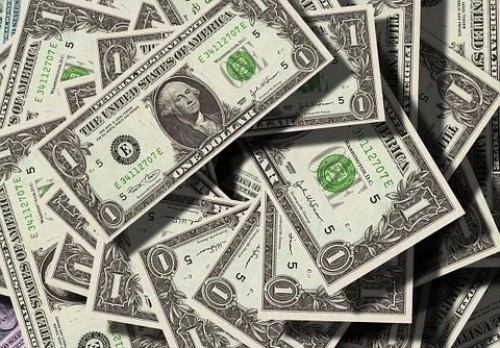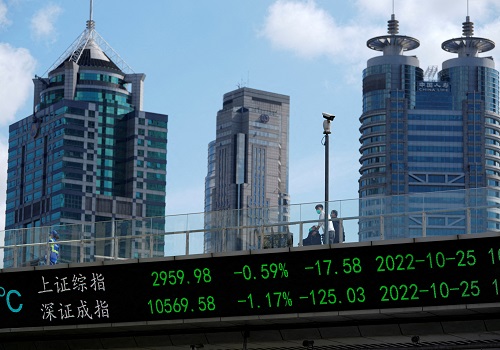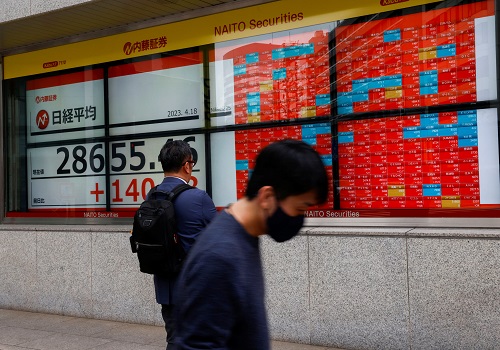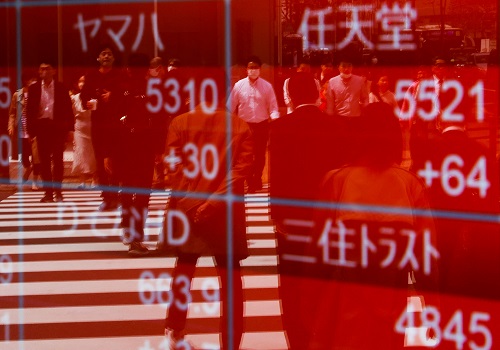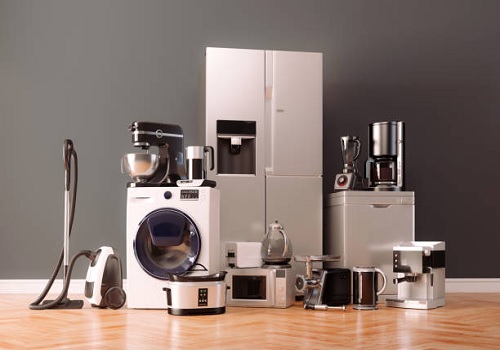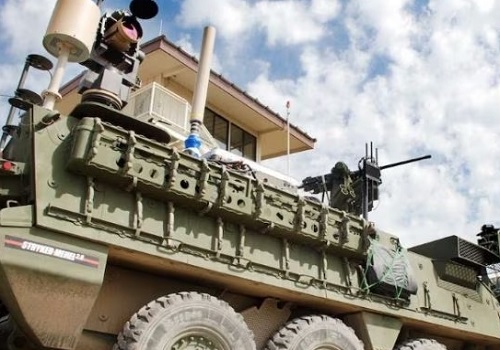Asia stocks edge up, China sets lower bar on growth

Follow us Now on Telegram ! Get daily 10 - 12 important updates on Business, Finance and Investment. Join our Telegram Channel
Asian shares edged up on Monday while bond markets held their breath ahead of an update on the U.S. rate outlook from the world's most powerful central banker, and a jobs report that could decide if the next hike needs to be super-sized.
There was some disappointment that Beijing chose to lowball its growth outlook with a target of 5%, rather than the 5.5%-plus favoured by the market, but the recent run of actual data has been strong enough to keep investors optimistic.
Chinese blue chips slipped 0.9%, having gained 1.7% last week. aisbroadest index of Asia-Pacific shares outside Japan was still up 0.2%.
Japan's Nikkei climbed 1.2% to a three-month top, while South Korean stocks added 0.5% helped by a softer reading on inflation.
EUROSTOXX 50 futures firmed 0.2%, while FTSE futures eased 0.1%. S&P 500 futures and Nasdaq futures were flat, after rallying on Friday as bond yields eased back a little.
Yields on 10-year Treasuries stood at 3.957%, after last week's spike to 4.09% proved tempting enough to attract buyers.
Markets have become resigned to more rate rises from the Federal Reserve but are hoping it will stick with quarter-point moves rather than switch back to half-point hikes.
San Francisco Fed President Mary Daly on Saturday reiterated rates would have to go up but set a high bar for moving to half-point increases.
Futures imply a 72% chance the Fed will go by 25 basis points at its meeting on March 22.
All of which sets the scene for Fed Chair Jerome Powell's testimony to congress on Tuesday and Wednesday, where he will no doubt be quizzed on whether larger hikes are needed.
Much, however, might depend on what the February payrolls report reveals on Friday. Forecasts are centered on a more modest increase of 200,000 following January's barnstorming 517,000 jump, but risks are on the upside.
And that will be followed by the February CPI report on March 14.
KURODA BOWS OUT
"Powell's testimony comes before the payrolls and inflation numbers, therefore, he is likely to avoid committing to a policy path," said Jan Nevruzi, an analyst at NatWest Markets.
"Payrolls are due on the final day when Fed officials can publicly discuss monetary policy, but CPI will be released during the blackout period," he added. "If we end up in a situation where the jobs and inflation numbers present a conflicting view, the outcome of the Fed meeting could become even harder to predict."
The Fed is hardly alone in warning of further tightening.
In an interview released over the weekend, European Central Bank President Christine Lagarde said it was "very likely" they would raise interest rates by 50 basis points this month and the bank had more work to do on inflation.
Australia's central bank is expected to lift its rates by 25 basis points on Tuesday, while the Bank of Canada is seen pausing having raised rates at a record pace of 425 basis points in 10 months.
Friday marks the final policy meeting for Bank of Japan Governor Haruhiko Kuroda before Kazuo Ueda takes the reins in April, and all eyes are on the fate of its yield curve control (YCC) stance.
"No change is expected but we should not completely rule out the chance of Kuroda going out with a bang via the BoJ announcing another tweak to the 0% YCC tolerance band," noted analysts at NAB in a note.
The BOJ jolted markets in December when it unexpectedly widened the allowed trading band for 10-year bond yields to between -50 and +50 basis points.
So far, Ueda has sounded dovish on the outlook for policy which has kept the yen on a softer trend. The dollar was last at 135.85 yen after touching a three-month peak of 137.10 last week.
The euro held at $1.0629, just off its recent seven-week low of $1.0533, while the dollar index was a fraction firmer at 104.610.
Friday's pullback in bond yields helped gold recover some ground and it was trading at $1,855 an ounce. [GOL/]
Oil prices dipped, with investors perhaps disappointed that China did not set itself more ambitious growth targets. [O/R]
Brent eased 53 cents to $85.30 a barrel, while U.S. crude fell 48 cents to $79.20 per barrel.












 320-x-100_uti_gold.jpg" alt="Advertisement">
320-x-100_uti_gold.jpg" alt="Advertisement">


